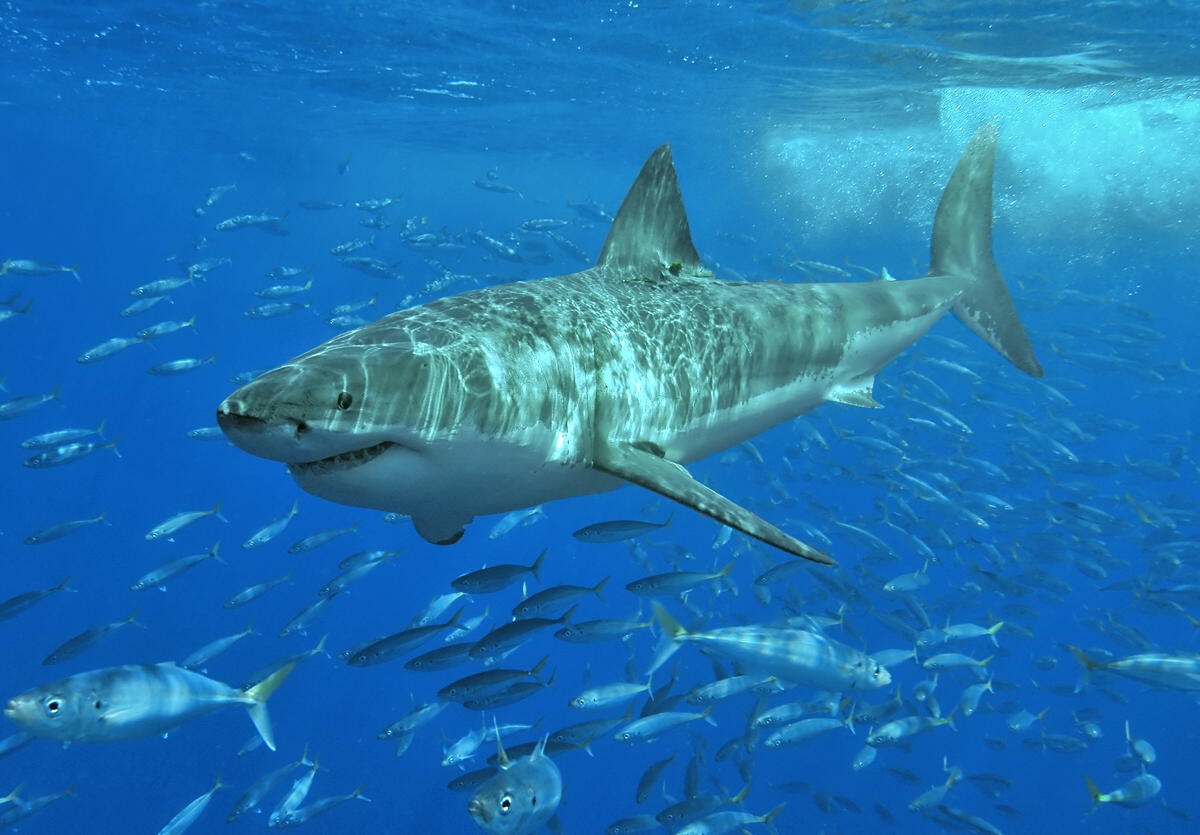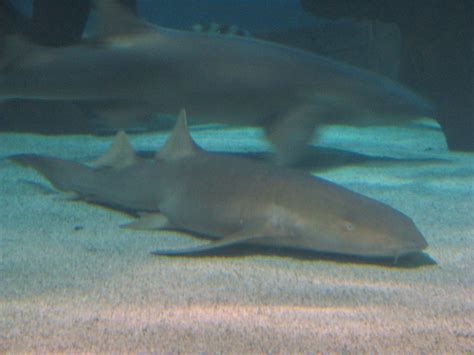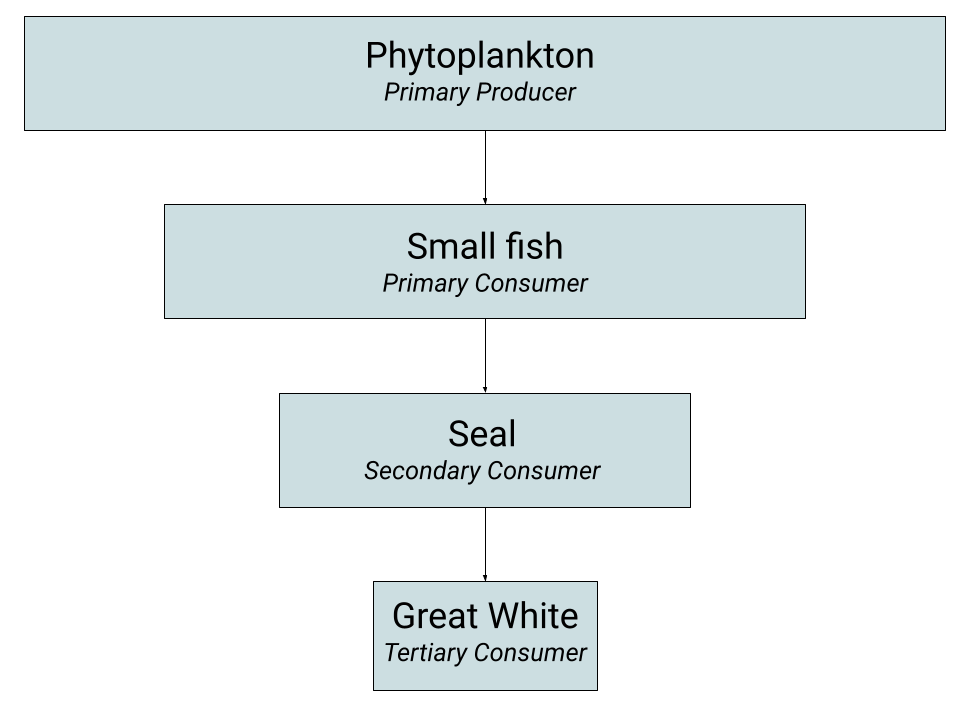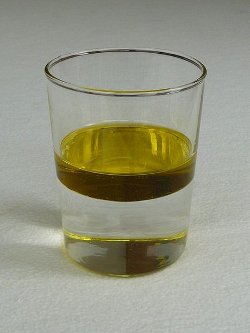Fish live at a depth that matches their ecological niche, so where the type of food that they eat is found. Fish also may migrate between depths at different times of day to find their prey. Fish use a swimbladder, or in the case of sharks and rays, an oil-rich liver to change their density and stay at the depth they choose.
Fish are typically predators, catching and eating other fishes, invertebrates like seaworms, crustaceans like crabs and lobsters and many other kinds of organisms. To find their prey, they will need to match their depth with them. No food means no fish.
There are of course names for all of these different depths, but you can think of two broad groups of fish that live in different depths – pelagic and demersal.
Pelagic fish live in the water column above the sea floor, and demersal fish mainly spend their time at the bottom. Many different types of species live in both areas including most of the fish you are familiar with. Sharks are a good example of fish that occupy both areas, for example, the most feared and famous shark, the Great White Shark (Carcharodon carcharias) are pelagic fish, while a less well-known shark species, the Nurse Shark (Ginglymostoma cirratum) is a demersal fish.

A Great White Shark (Carcharodon carcharias)

A Nurse Shark (Ginglymostoma cirratum)
What is an Ecological Niche?
A niche is the role that a species plays in an ecosystem, including what they eat and how they interact with other species in the community.
The niche a species occupies also tells you its level in the food chain (technically called trophic level). To keep using the Great White Shark example, are top predators that consume all kinds of different fish and marine mammals like sea lions and seals. This puts them at the top of the food chain, have a look at the simplified food chain we made to show this relationship.

What do Fish Eat at Different Depths?
The prey species that are found at different depths rely on the same criteria, those species also need to eat and so their food must be there too!
Focussing on the Nurse Shark example, part of their diet is on bottom-dwelling crustaceans like crabs and lobsters, but also rays and other groups of organisms, for example, squid. Click here to learn more about Nurse Sharks.
The species a fish eats also determines how its mouth and digestive system are adapted. Rays are a great example of this, where their mouths are located underneath their flat bodies. Rays travel along the seafloor looking for food and eat from below when they find a meal like a crunchy crab!
Did you know that rays are part of the same family as sharks? They have flattened bodies but the same structure of cartilage instead of bones. This group that contains both sharks and rays is called the Elasmobranchs.
An important note is that fish are not stuck at a certain depth and it is common for species to move up and down the water column at different times of day, following their prey.
How are Fish Adapted to Live at Different Depths?
Living at different depths requires an ability to deal with the main challenge, pressure.
As you get deeper, there is more mass above you in the form of water. Each litre of water weighs 1 kilogram (1 gallon weighs 8.34 pounds) and so you can see how this quickly adds up when we are talking about tens or hundreds of metres of water above you for demersal species like the Nurse Shark
The pressure a fish experiences at a certain depth affects a quantity we call buoyancy.

We can get rid of this term though to simplify things and just talk about density.
Density is the amount of mass you have within a certain area. Think of how a sponge has lots of air gaps and is very light, whereas a piece of metal has no air gaps in it and is heavier.
When you have two liquids that are different densities, the less dense liquid rises to the top. This explains why oil forms a layer above water.
Fish use this mechanism to control their depth with a special organ called a swim bladder. The swim bladder is a gas-filled structure in the body that increases or increases its density, depending on how much gas is inside. The size of a fish’s swim bladder partly determines its depth, with no effort by the fish! Of course, fish still need to swim and can swim to different depths temporarily by using energy.
Interestingly, sharks and rays do not have a swim bladder and instead have an oil-rich liver, which serves the same purpose, altering the density of the fish to control its depth.
The swim bladder, along with other features that reduce the density of a fish like an oil-rich liver are clear examples of evolutionary adaptation. By having a way to stay at the depth a fish want to, it is able to reduce the amount of energy it uses. That leftover energy can be spent gathering more food or used to increase its fertility and ability to pass on its genes to the next generation.
Summary
There you go, so that’s why different fish live at different depths!
To summarise –
Why do fish live at certain depths?
- fish species live at a depth where their chosen prey lives
- fish are adapted to live at this depth, partly using their swim bladder to help them float
If you enjoyed this article perhaps you would be interested in reading about Lions? Did you ever wonder if Lions can swim?
Perhaps you wondered why birds fly south for the winter?
About Discover Tutoring.
We are biologists by training and when we write an article we read the scientific literature to find the most accurate answers to your questions. We do not guess, we do not assume, we check the research. If you are interested in our conclusions and want to find out more, check out the references at the bottom of every page we post on nature.
References –
Bone, Q. & Roberts, B. The density of elasmobranchs. (1969). Journal of the Marine Biological Association of the United Kingdom, 49 (4). pp. 913-937. https://doi.org/10.1017/S0025315400038017
Denton, E & Marshall, N. The buoyancy of bathypelagic fishes without a gas-filled swimbladder. (1958) Journal of the Marine Biological Association of the United Kingdom, 37 (3). pp. 753-767.
https://doi.org/10.1017/S0025315400005750
